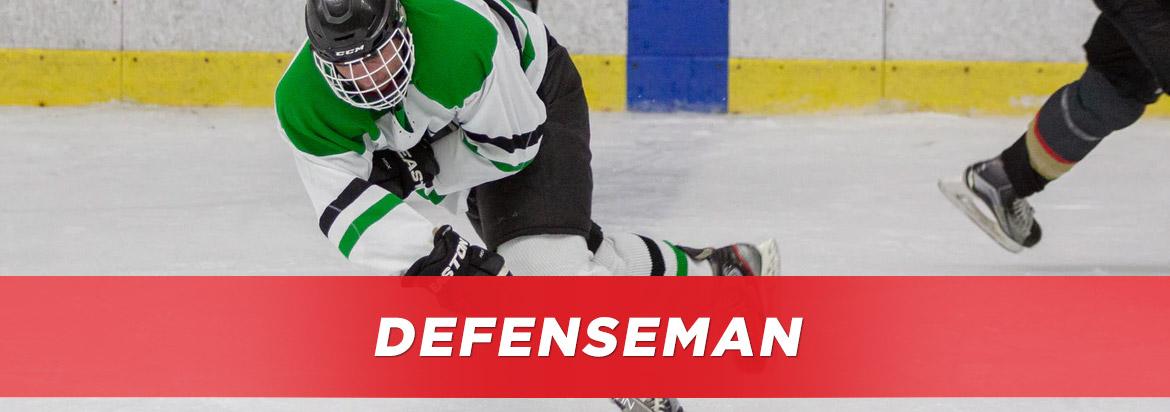Ice Hockey Pass Definition
If you're searching for video and picture information related to the key word you've come to pay a visit to the ideal site. Our website provides you with suggestions for seeing the highest quality video and picture content, hunt and find more enlightening video articles and images that fit your interests.
comprises one of tens of thousands of video collections from several sources, especially Youtube, so we recommend this movie for you to see. You can also bring about supporting this site by sharing videos and images that you like on this site on your social networking accounts such as Facebook and Instagram or tell your closest friends share your experiences about the ease of access to downloads and the information you get on this website. This blog is for them to visit this website.
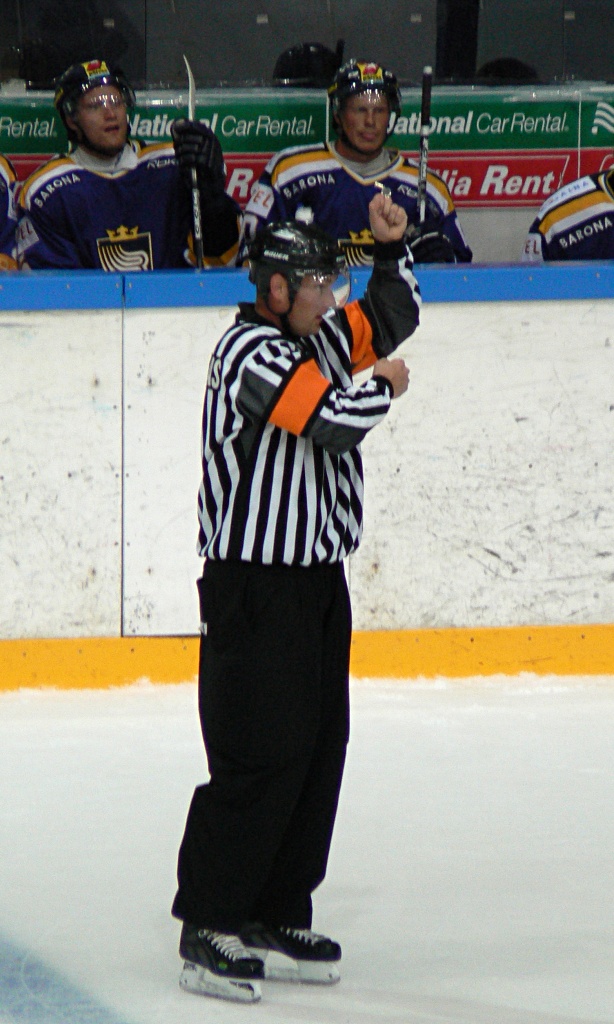
A pass differs from a shot in that a pass is typically weaker than a shot and is not directed at the opponent s net with the intention of scoring a goal.
Ice hockey pass definition. In addition this type of pass is relatively common and popular due to how difficult it is for opposing players to intercept and knock the puck out of the air. This is a type of pass in ice hockey where the player passes the puck using their hand. A pass that remains on the surface of the ice. This type of pass is only allowed inside a team s defensive zone not the neutral zone or attacking zone.
In other leagues and organizations any check to the head can be a minor or major penalty often including an automatic misconduct or game misconduct penalty. A hit where the primary contact is made to an opponent s head. The passing player lifts the puck off the ice but it stays relatively low and close to the ice and is called a saucer pass because it resembles a flying saucer while traveling through the air. Hockey passes are one of the most important aspects within the game of ice hockey.
Depending on which situation you are in there are a wide variety of different types of passes you can utilize to create a scoring opportunity. This is a type of airborne pass that occurs in hockey. In ice hockey a pass is the movement of the puck from one player to another usually by a motion of the stick. B a player or goalkeeper shall not be allowed to bat the puck in the air or push it along the ice with his hand directly to a teammate unless the hand pass has been initiated and completed in his defending zone in which case play shall be allowed to continue.
Another version of a hand pass is when a player stops or bats a puck in the air with their open hand in order to bring the puck back down to the ice. Both good and bad hockey passes can have many different factors on the game like leading to the game winning goal or a turnover and a goal for the other team so making good passes is crucial for any ice hockey team. A well executed saucer pass a pass that goes in the air and hits back on the ice right before getting to the recipient that sits flat on the receiving player s tape. Is a pass to a team member who is accelerating for a breakaway.
Generally the stronger the player the stiffer the flex. There are varying degrees of flex from soft to very stiff.


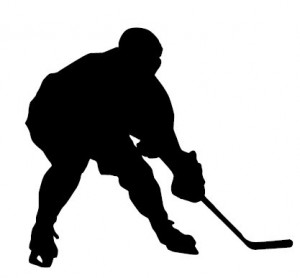


:format(jpeg)/cdn.vox-cdn.com/uploads/chorus_image/image/12652717/167939982.0.jpg)
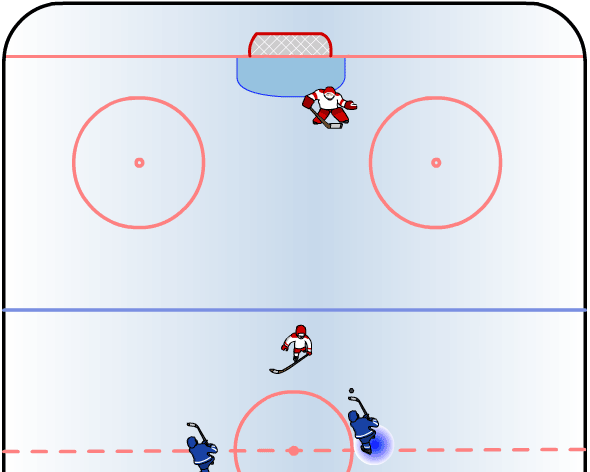

:format(jpeg)/cdn.vox-cdn.com/uploads/chorus_image/image/47565699/usa-today-8887255.0.jpg)



/cdn.vox-cdn.com/uploads/chorus_asset/file/10008273/usa_today_10496515.jpg)
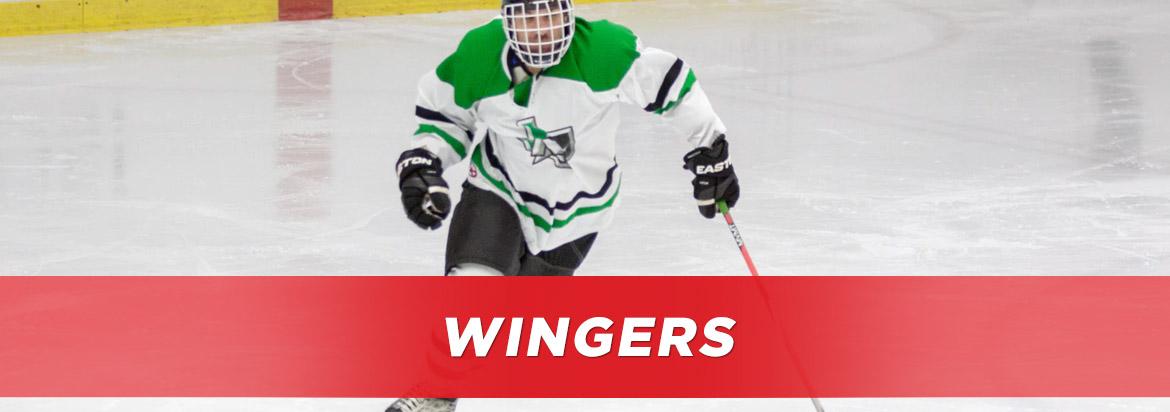

/cdn.vox-cdn.com/uploads/chorus_asset/file/9396559/w768xh576_USAT_164943.jpg)


